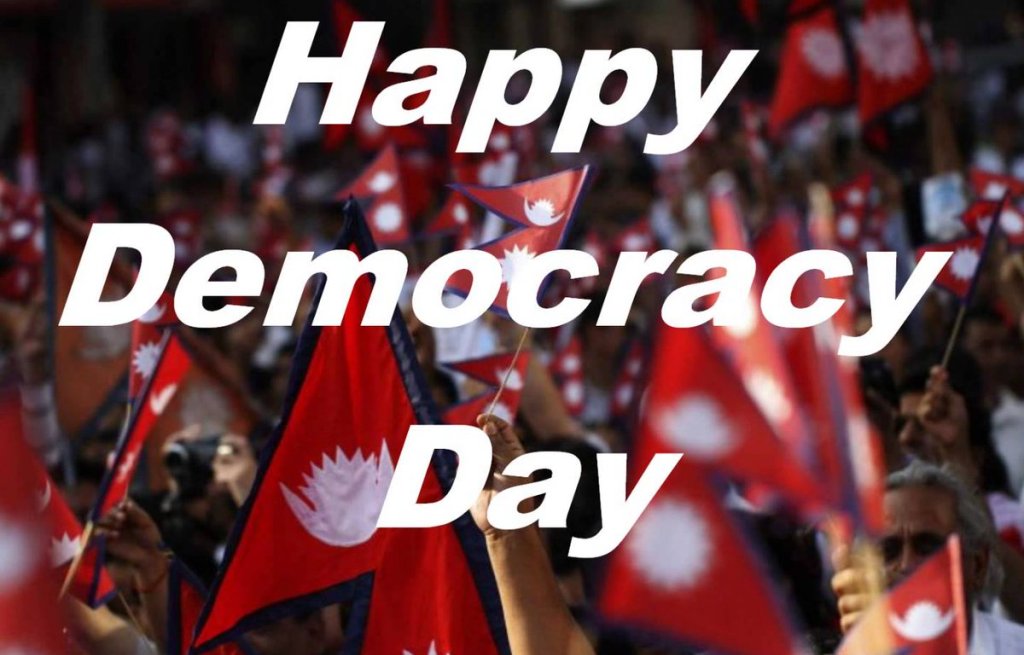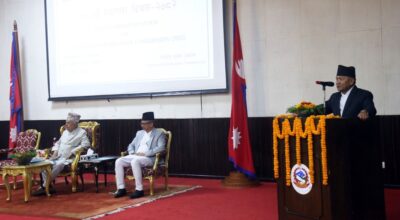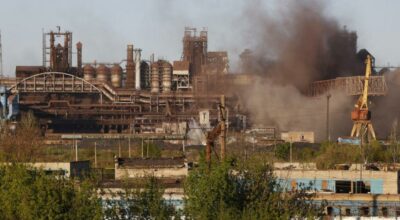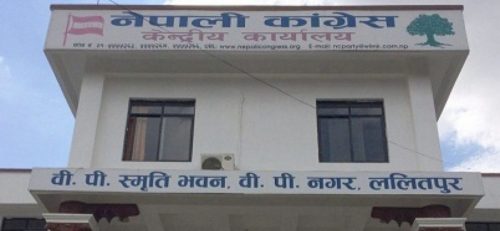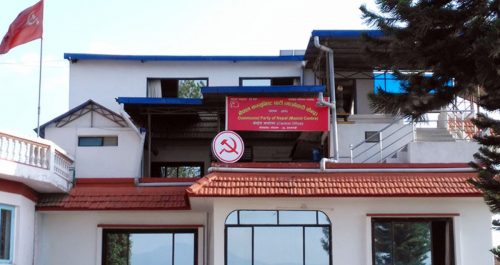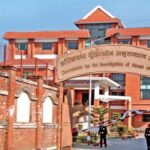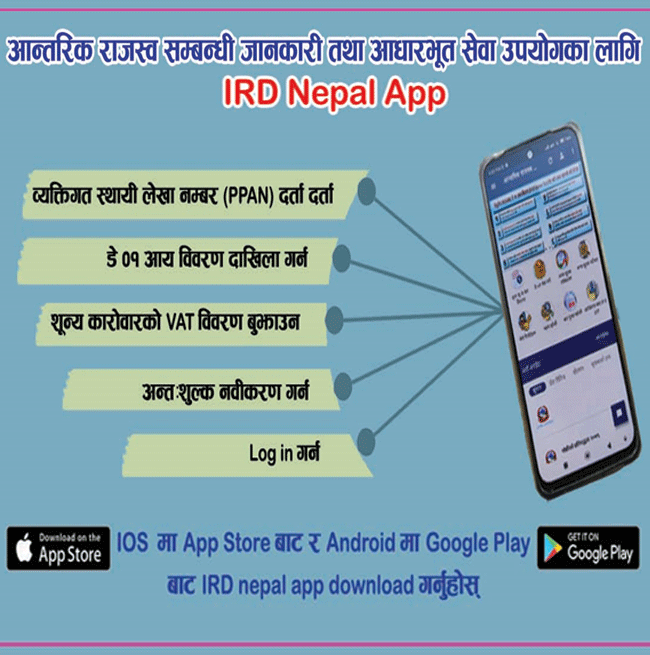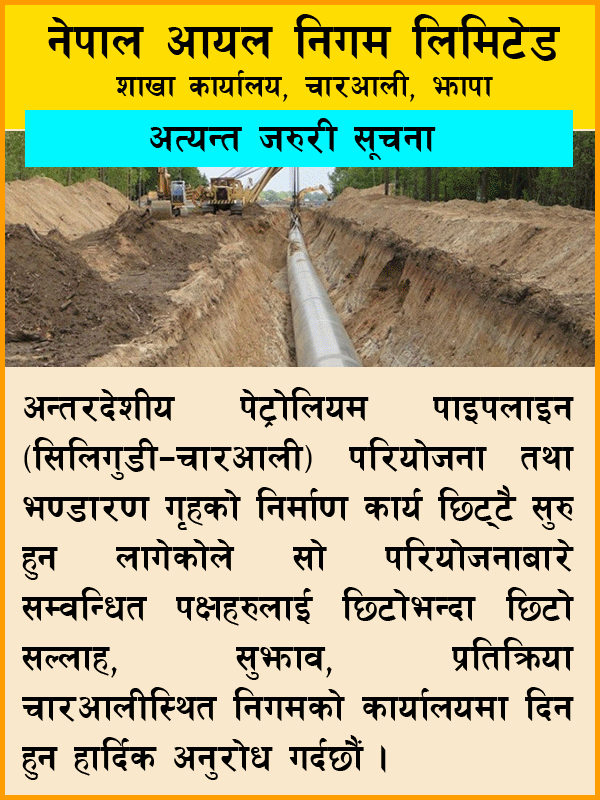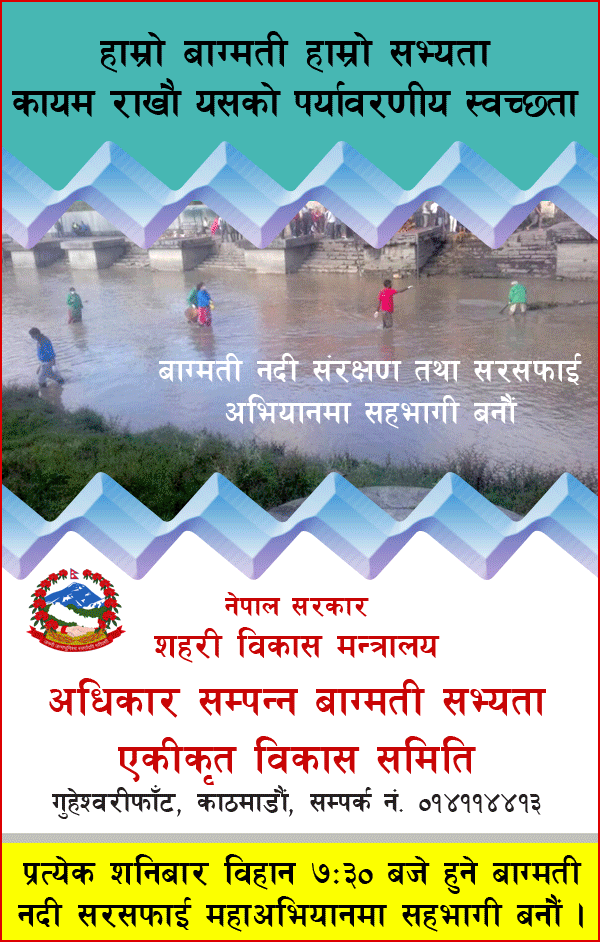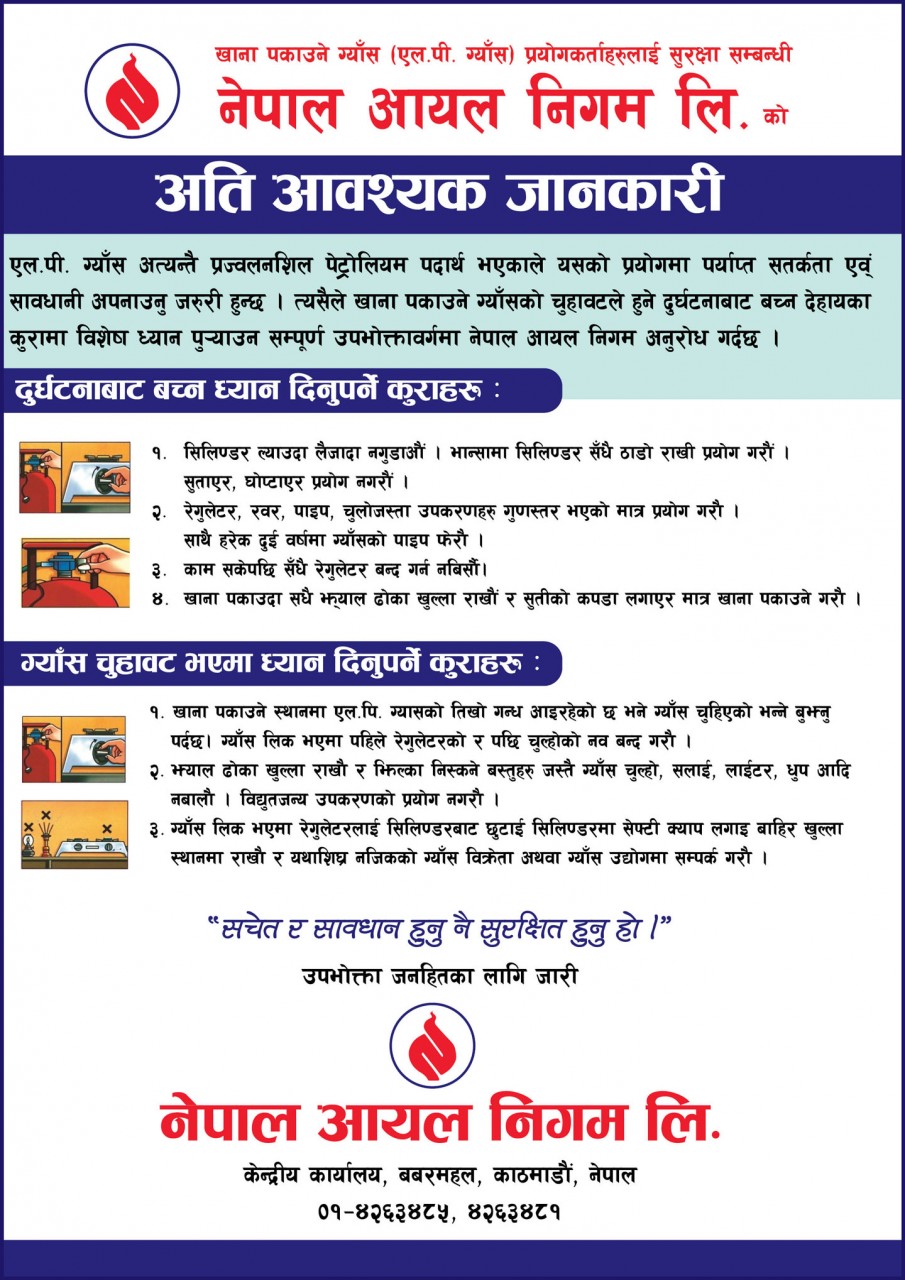Kathmandu- Baishakh 11 is a epoch-making day as this day welcomed people’s voices for republic system on the streets across the country. This day is marked as a victory day for Nepalis since the day marked the success of the People’s Movement-II (April Uprising).
People’s Movement-II peacefully ended the 250-year-old monarchy in Nepal after the joint movement of the then seven political parties and rebel CPN (Maoist).
Recalling the historic victory of this day, the 15th Loktantra Day is being marked across the country by organising different programmes on Saturday.
The then king Gyanendra Shah had reinstated the House of Representatives (HoR) while announcing to move ahead as per the political road map drawn by the political parties.
Based on the same declaration, the reinstated HoR on Jestha 4, 2063 BS had suspended the monarchy and entrusted the Prime Minister with the responsibility of Officiating Head of the State.
With many ups and downs in the political course, the country witnessed the historic comprehensive peace accord for the peaceful resolution of the decade-long insurgency.
Based on the same peaceful political roadmap, the country got a new constitution in 2072 BS by promulgating it through the Constituent Assembly (CA) that was obtained after citizens’ massive sacrifices.
Nepalis have opted the republican system in which they have the choice to select the head of the state on their own.
Likewise, the People’s Movement-II has institutionalized the people’s call for federalism, inclusiveness, proportional representation and secularism.
Thirty-three per cent of women participation was guaranteed in every state bodies and backward classes, regions and sections have been brought into the mainstream of the state.
The 15th Republic Day is being observed in memory of the establishment of republicanism. The Republic Day has the importance as the people’s rights, snatched away by the monarchy, were reinstated regained on the backup of the April Uprising on Baishakh 11, 2063 BS. It may be noted that general people had started disliking the monarchy after King Gyanendra became chairperson of the Council of Minister on Magh 19, 2061 BS. An environment for the people’s movement was created after 12-point agreement between the then agitating seven parties and CPN (Maoist) Mangsir 12, 2062 BS. The people’s movement was for . reinstatement of Parliament dissolved on Jeth 8, 2059 BS and end of autocratic monarchy. People got rights along with reinstatement of the dissolved parliament on Baishakh 11 after the movement comprising tens of thousands of people led by the then President of Nepali Congress, Girija Prasad Koirala, took the street. After the establishment of republicanism, the meeting of House of Representatives held on Jeth 4 had made important decisions including holding the election of Constituent Assembly. The election of the first Constituent Assembly was held on Chaitra 28, 2064 BS and the first meeting of Constituent Assembly declared the country a federal democratic republic country by ending 240-year monarchy. Main political parties have made economic development as the prime agenda of the country following the promulgation of the constitution. The government is working to realize the national campaign of ‘Prosperous Nepal, Happy Nepali’. However, there are several lacks and lacunas in addressing the aspirations of the common people. It is the responsibility of the political parties to gradually address the emerging needs and aspirations of the people. The development coupled with economic prosperity could only convert the peoples cherished dream into reality.



